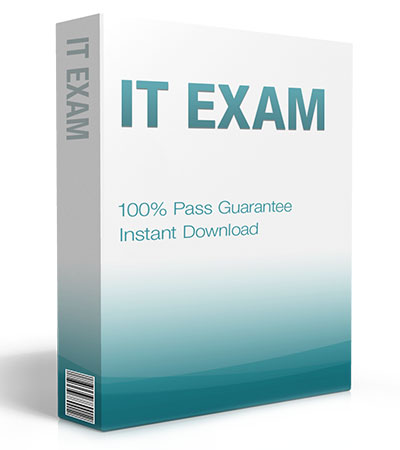Fortinet NSE 6 - FortiWeb 6.4: NSE6_FWB-6.4
Want to pass your Fortinet NSE 6 - FortiWeb 6.4 NSE6_FWB-6.4 exam in the very first attempt? Try Pass2lead! It is equally effective for both starters and IT professionals.
- Vendor: Fortinet
- Exam Code: NSE6_FWB-6.4
- Exam Name: Fortinet NSE 6 - FortiWeb 6.4
- Certifications: Fortinet Certifications
- Total Questions: 56 Q&As( View Details)
- Updated on: Mar 02, 2025
- Note: Product instant download. Please sign in and click My account to download your product.

- Q&As Identical to the VCE Product
- Windows, Mac, Linux, Mobile Phone
- Printable PDF without Watermark
- Instant Download Access
- Download Free PDF Demo
- Includes 365 Days of Free Updates

VCE
- Q&As Identical to the PDF Product
- Windows Only
- Simulates a Real Exam Environment
- Review Test History and Performance
- Instant Download Access
- Includes 365 Days of Free Updates
Passing Certification Exams Made Easy
Everything you need prepare and quickly pass the tough certification exams the first time
- 99.5% pass rate
- 7 Years experience
- 7000+ IT Exam Q&As
- 70000+ satisfied customers
- 365 days Free Update
- 3 days of preparation before your test
- 100% Safe shopping experience
- 24/7 Support
Fortinet NSE6_FWB-6.4 Last Month Results
Free NSE6_FWB-6.4 Exam Questions in PDF Format
Related Fortinet Certifications Exams
NSE6_FWB-6.4 Online Practice Questions and Answers
Questions 1
Which two statements about the anti-defacement feature on FortiWeb are true? (Choose two.)
A. Anti-defacement can redirect users to a backup web server, if it detects a change.
B. Anti-defacement downloads a copy of your website to RAM, in order to restore a clean image, if it detects defacement.
C. FortiWeb will only check to see if there are changes on the web server; it will not download the whole file each time.
D. Anti-defacement does not make a backup copy of your databases.
Questions 2
You are using HTTP content routing on FortiWeb. Requests for web app A should be forwarded to a cluster of web servers which all host the same web app. Requests for web app B should be forwarded to a different, single web server.
Which is true about the solution?
A. Static or policy-based routes are not required.
B. To achieve HTTP content routing, you must chain policies: the first policy accepts all traffic, and forwards requests for web app A to the virtual server for policy A. It also forwards requests for web app B to the virtual server for policy B. Policy A and Policy B apply their app-specific protection profiles, and then distribute that app's traffic among all members of the server farm.
C. You must put the single web server into a server pool in order to use it with HTTP content routing.
D. The server policy applies the same protection profile to all its protected web apps.
Questions 3
In which two operating modes can FortiWeb modify HTTP packets? (Choose two.)
A. Offline protection
B. Transparent inspection
C. True transparent proxy
D. Reverse proxy
Reviews
-
All this dumps are very good, i just did this one and took part in my exam. i really don't believe myself that i have got so high score. Thanks for their dumps.
-
passed, passed, passed .thanks a lot
-
I pass today, The dumps is good. 90% questions are from this dumps. so it is enough for the exam as long as you study this dumps carefully and do the all questions especially the new questions.
-
hi guys , i passed this exam today. Really thanks for this dumps,Recommend strongly.
-
hi guys, thanks for your help. I passed the exam with good score yesterday. Thanks a million.
-
Valid. All questions from the exam, some have different order of the answers. so be careful during the exam.
-
Hello, guys. i have passed the exam successfully in the morning,thanks you very much.
-
Exam Passed. Valid dumps. Recommend strongly.
-
All the questions I had on exam were in this dumps. I just passed my exam yesterday. Full scored. Thanks very much for your help.
-
Do not reply on a dumps to pass the exam.
Utilize GNS3 or real equipment to learn the technology.
Please do not degrade the value of this Cisco Cert.


 Printable PDF
Printable PDF